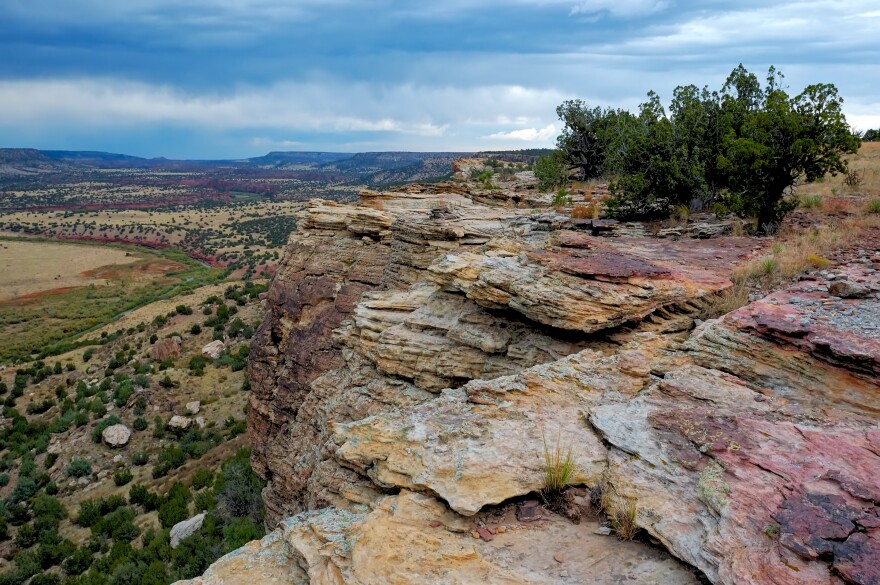Nearly everyone who lives on the Colorado Plateau is familiar with the extensive pinyon-juniper woodlands. The stunted trees look tough and unbreakable, but the PJ community is fragile and slow to recover when disturbed.
According to scientists with the Colorado Natural Heritage Program, the pinyon-juniper woodlands support many rare and unique species—pinyon mice, California condors, and sentry milkvetch, for example.
The state’s Natural Heritage Program and the Nature Conservancy have assessed the condition of all of Colorado's wildlife and natural environments, ranking them by three criteria: biodiversity, level of threat, and protection status.
These three measures were combined into an overall score, indicating where development or industry would be most, or least, harmful to habitats and the species that depend on them.
The results are summarized in The State of Colorado's Biodiversity report. It says 96 percent of Colorado’s native plants are not threatened with extinction, 521 plant species are of conservation concern, and 120 plants are rare and included in the State Wildlife Action Plan. Colorado's fish and amphibians are proportionately the most threatened organisms.
Natural heritage programs exist in states throughout the West, and across the U.S., Canada, and Latin America. Data from heritage programs contributes to one massive database managed by NatureServe, a global conservation science organization. Being able to share such data across political boundaries is key to protecting the Plateau’s rich natural heritage.







